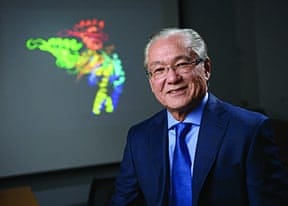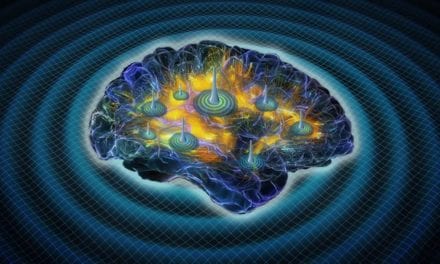A study emerging from the University of Calgary draws a previously undiscovered link between the brain’s internal timer, the circadian clock, and the part of the brain that controls wakefulness. A team of researchers from the Department of Psychology and the Hotchkiss Brain Institute has shown that this area of the brain communicates directly with our circadian clock and is instrumental in resetting it.
The study, published in PNAS (Proceedings of the National Academy of Sciences), will be of particular interest to anybody that’s flown across time zones, pulled an all-nighter for an exam, or experienced rotating shift work. In those situations we’re acutely aware that changes in our sleep schedule can throw off our circadian rhythms and make it harder to sleep, no matter how exhausted we are.
“Discovering how to reset the circadian clock in our brain as easily as we reset the clocks on our wall or our iPhones is important because it might help minimize the adverse consequences of sleep disruptions,” says psychology professor Michael Antle, a specialist in circadian rhythms who was the senior author on the paper, in a release.
The study shows a connection between the circadian clock and the part of the brain that controls wakefulness—specifically the cholinergic forebrain, an important part of the brain’s arousal system.
“Many studies have drawn links between the circadian clock and the sleep system of the brain, but the connection to the wake system has not been made,” says Antle. “We know that the circadian clock talks to the wake system and says ‘It’s time to be awake.’ But we’ve now learned that the wake system has a feedback single that can allow us to adjust our clocks.”
The key to this adjustment, says Antle, is a sufficient level of wakefulness, which allows for an arousal resetting of the circadian clock. Exercise may be a key to this arousal, as would be any activities that increase alertness.
Of course, the best way to increase alertness is by being well rested. “When you sleep and for how long you sleep is dependent on two things,” explains Antle. “One is your circadian clock and the other is how well rested you are. With shift workers, for example, there are two challenges. You’ve got to keep your circadian clock aligned to your shifting work schedule so your body is not resisting it when your clock is telling you it’s time to be sleeping. But, ideally, to fix the problem of your circadian clock it’s best to be well rested leading up to the times when sleep disruptions are going to occur.”
In the past, research in this field has commonly focused on the effects of light on our circadian rhythms, as this sends our brain cues as to whether it’s day or night. Today’s near constant use of computers and smart devices with their lighted screens complicates the problems, sending the brain confusing cues as to when it’s time to sleep.
But light is only a small component affecting the brain’s alertness system, says Antle. Exercise and other methods producing wakefulness can be even more effective in resetting our circadian clocks.
“This finding gives us a new tool to explore for helping to reset the circadian clock of people with sleep or circadian disorders,” Antle explains. “Conversely, this also helps us understand how arousal at the wrong times of our 24-hour day might lead to sleep and circadian disruptions. For instance, staying up until the middle of the night playing video games not only robs us of sleep, but the associated arousal might also disrupt our clocks making it harder for us to be awake and asleep at the right times on later days.”
In future studies, Antle and his co-researchers plan to focus attention on a thus far understudied neurotransmitter called acetylocholine, which is the link between the arousal centre of the brain and the circadian clock.
“Our hope is that this finding might lead to new treatments for circadian disruption,” says Antle.




